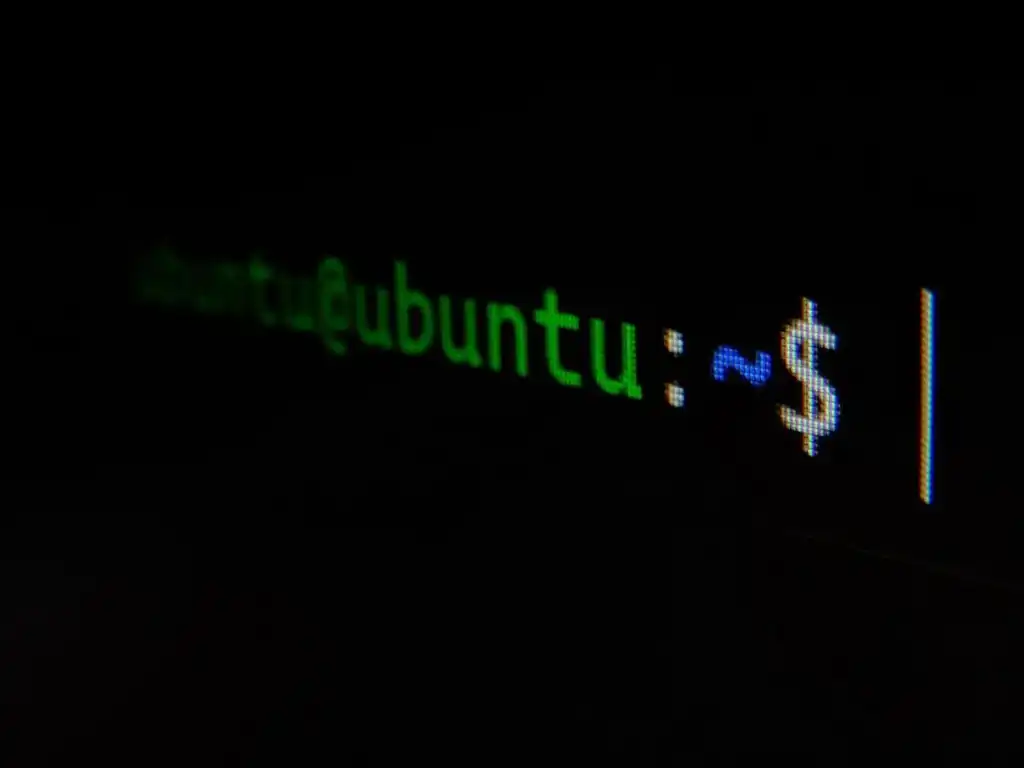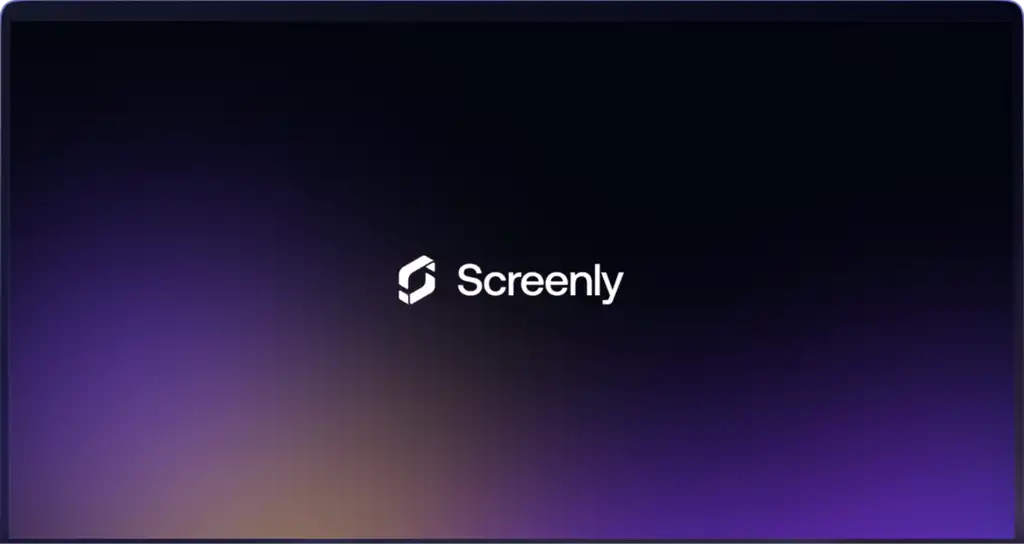We are today super excited to announce the Screenly CLI. While the CLI is still in beta, we have big plans for it. As developers ourselves, we frequently use CLIs when interfacing with developer focused products. Regardless if it is a cloud vendor (Google, Amazon etc) or a payment provider (Stripe), a CLI makes it easy to both document and apply changes.

As we are starting to roll out features that we have been working hard on behind the scenes, it will become evident why the CLI is so important.
A CLI provides a happy medium between manual (e.g. a web interface) and fully programmatic (API). Interfacing with an API directly is often too complicated when you just want to automate a simple task. However, firing off a few commands in a terminal that can later be automated in a simple shell script is far quicker even for seasoned developers.
Technical Details
When we started scoping out the CLI internally, we quickly made a few decisions:
- The CLI should be fully open source and available on GitHub.
- We should write the CLI in Rust such that it can be distributed in a single binary and easily be cross-compiled for multiple platforms.
- We should use the CLI to dog-feed our v4 API (based on PostgREST) to the greatest extent possible.
Current Status
At this point, you’re able to log in and interact with screens and assets using the CLI.
$ screenly
Command line interface is intended for quick interaction with Screenly through terminal. Moreover, this CLI is built such that it can be used for automating tasks.
Usage: screenly [OPTIONS] <COMMAND>
Commands:
login
Logins with the token and stores it for further use if it's valid. You can set API_TOKEN environment variable to override used API token
screen
Screen related commands
asset
Asset related commands
help
Print this message or the help of the given subcommand(s)
Options:
-j, --json
Enables json output
-h, --help
Print help information (use `-h` for a summary)
-V, --version
Print version information
What you might have spotted the built-in --json feature. By default, the CLI will output human readable content. However, should you want to parse the content programmatically, using JSON is much more reliable. For instance, you could pipe the output to jq and extract a particular value (such as the UUID of a given screen).
Moving on to the actual screen verb, we can perform some handy operations:
$ screenly screen
Screen related commands
Usage: screenly screen <COMMAND>
Commands:
list Lists your screens
get Gets a single screen by id
add Adds a new screen
delete Deletes a screen. This cannot be undone
help Print this message or the help of the given subcommand(s)
Options:
-h, --help Print help information
-V, --version Print version information
For instance, you could easily add a new screen, or perhaps clean up older unused screens directly from your terminal.
As mentioned above, you can use the --json argument to easily parse ouput wiht jq. Let’s say we want to list all our screens but only show the status, name and what hardware they are running on. Not a problem.
$ screenly screen list --json | jq '.[]|[.status, .name, .hardware_version]'
[
"Offline",
"My Lab Screeen",
"Raspberry Pi 3B+"
]
[
"Online",
"Another Lab Screen",
"Raspberry Pi 3B+"
]
[
"Online",
"Dashboard Screen",
"Screenly Player Max"
]
[
"Online",
"Pi 4 Test Screen",
"Raspberry Pi 4B (2GB)"
]
[
"Online",
"x86 Test Screen",
"Screenly Player Max"
]
Next, we have assets. With the asset verb, we’re able to do neat things like uploading assets.
$ screenly asset
Asset related commands
Usage: screenly asset <COMMAND>
Commands:
list Lists your assets
get Gets a single asset by id
add Adds a new asset
delete Deletes an asset. This cannot be undone
help Print this message or the help of the given subcommand(s)
Options:
-h, --help Print help information
-V, --version Print version information
To upload an image, you can just run:
$ screenly asset add ~/Desktop/My-image.webp 'My Image'
[...]
Going Forward
While the CLI is still very much in beta, we would love to get your input. If you find any bugs, please open up an issue on GitHub.
To get started, see the download section.





